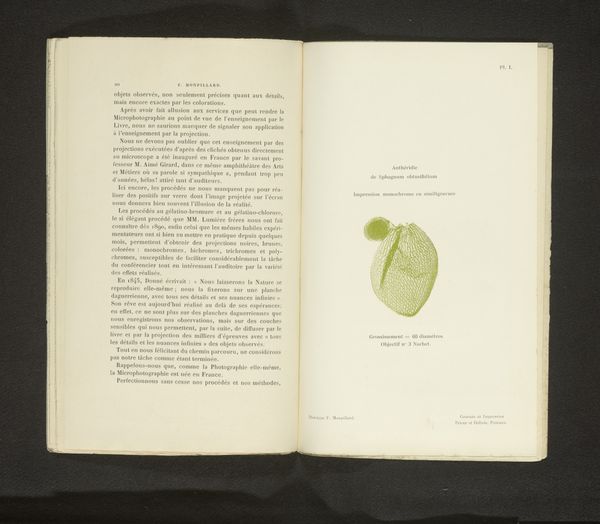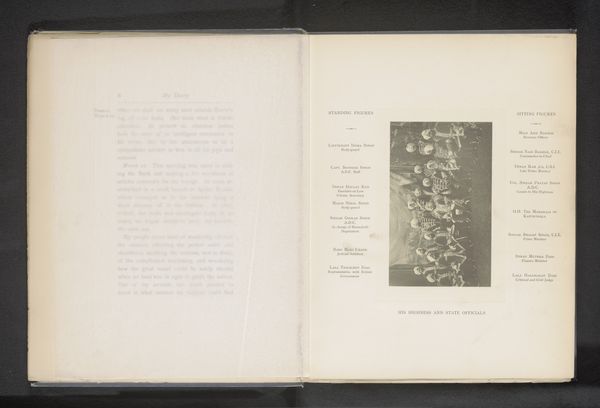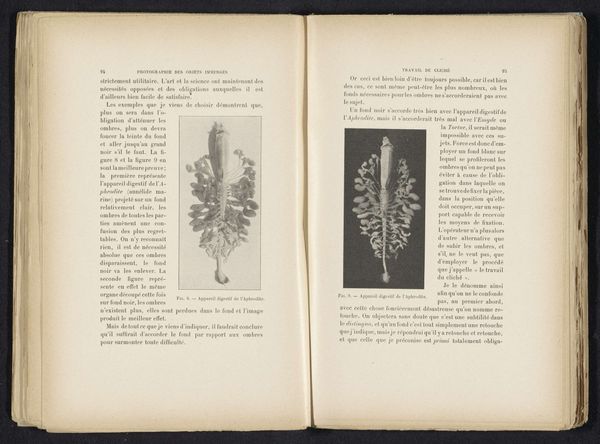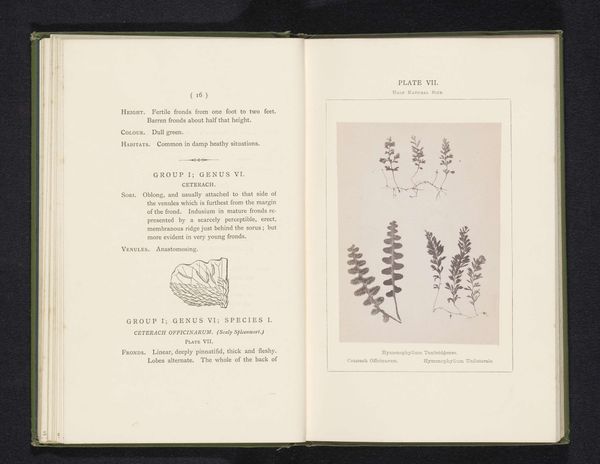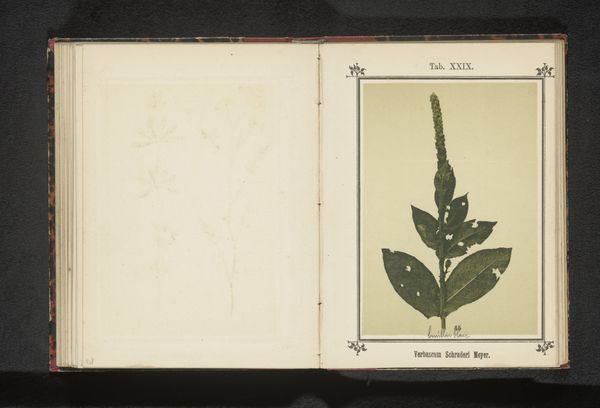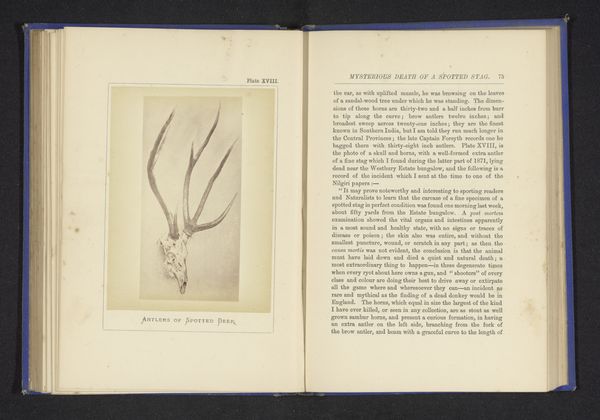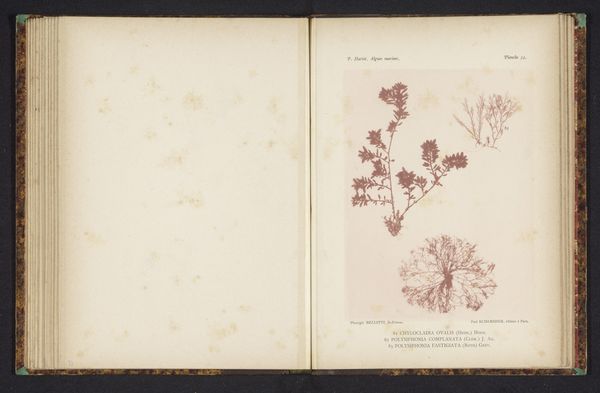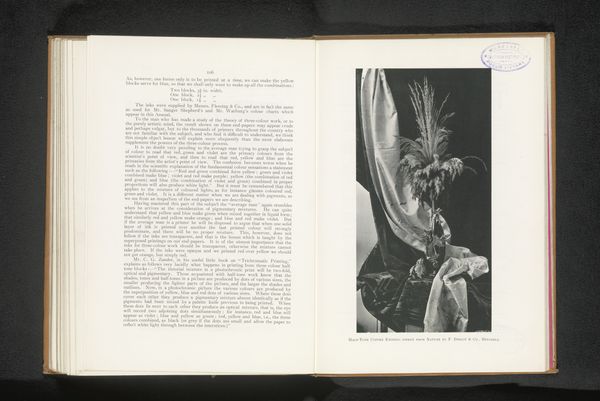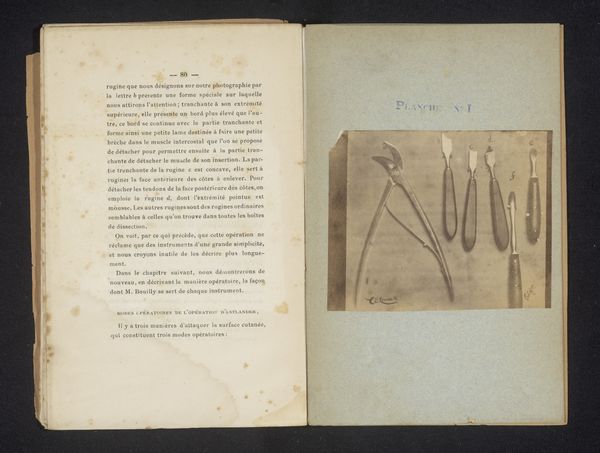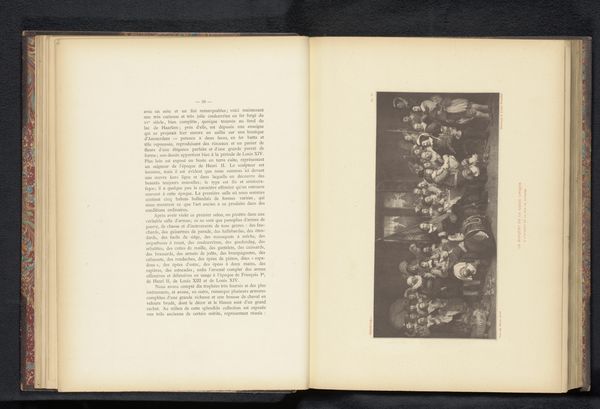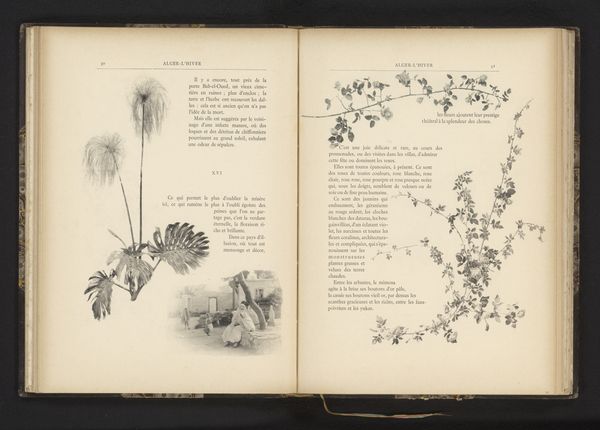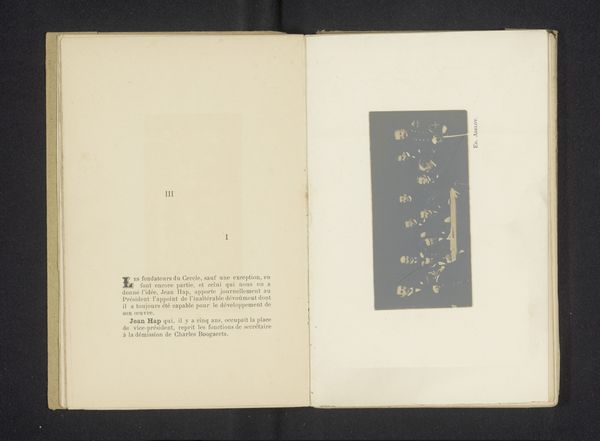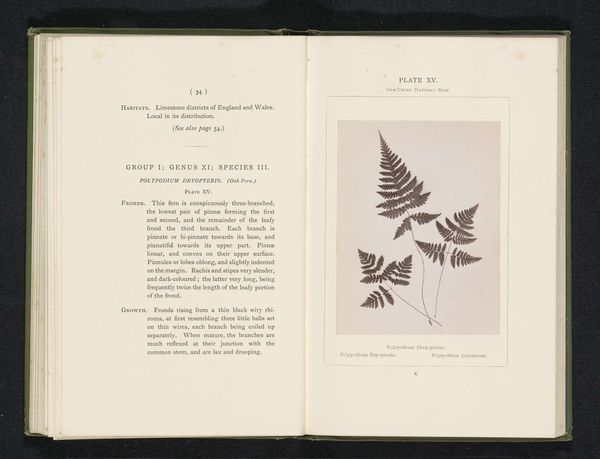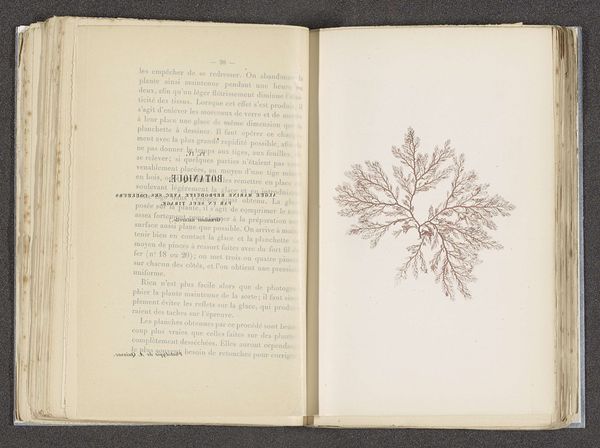
drawing, print, paper, ink
#
drawing
# print
#
paper
#
ink
#
genre-painting
#
academic-art
#
modernism
Dimensions: height 226 mm, width 146 mm
Copyright: Rijks Museum: Open Domain
Curator: This illustration presents 55 depictions of cells and is entitled "55 voorstellingen van cellen". The artist is W. Glówczewski, and this drawing was created before 1893, using ink and print on paper. It looks like a page from an old science book, or maybe an encyclopedia. Editor: It gives me the sense of peering through a microscope. It's remarkable to see this ordered display of cellular diversity—almost like a botanical illustration. There is an unexpectedly artistic quality. Curator: Absolutely. As a pre-1893 piece, this work sits on the cusp of modernism, where scientific illustration started reflecting contemporary aesthetics. Consider the influence of the academic art tradition on its composition; it marries scientific precision with artistic presentation. Editor: And think about the political implications of classifying and organizing life in this way. This era saw a rise in scientific racism, and such classifications could reinforce those dangerous hierarchies. Are we celebrating scientific advancement, or complicit in a history of discrimination? Curator: It’s crucial to acknowledge that complex history. Art wasn't created in a vacuum; publications and illustrations were impacted by scientific advancement and broader cultural phenomena, so it should come as no surprise that historical biases could be expressed through artistic expression. It served as both a tool for education and potentially a reflection of societal biases. Editor: This piece really emphasizes how crucial it is to recognize that images are never objective. Each work carries layers of significance, touching not only aesthetic experiences, but politics, philosophy and complex identities. Curator: This particular intersection of science, art, and potential sociopolitical implications, as we’ve touched on, renders the artwork rather multifaceted in its ability to spark discussion, I find. Editor: Yes. Examining “55 voorstellingen van cellen” prompts us to examine science itself critically—not simply as a source of objective truth, but as an artifact shaped by social forces. It should encourage thoughtful conversation.
Comments
No comments
Be the first to comment and join the conversation on the ultimate creative platform.
